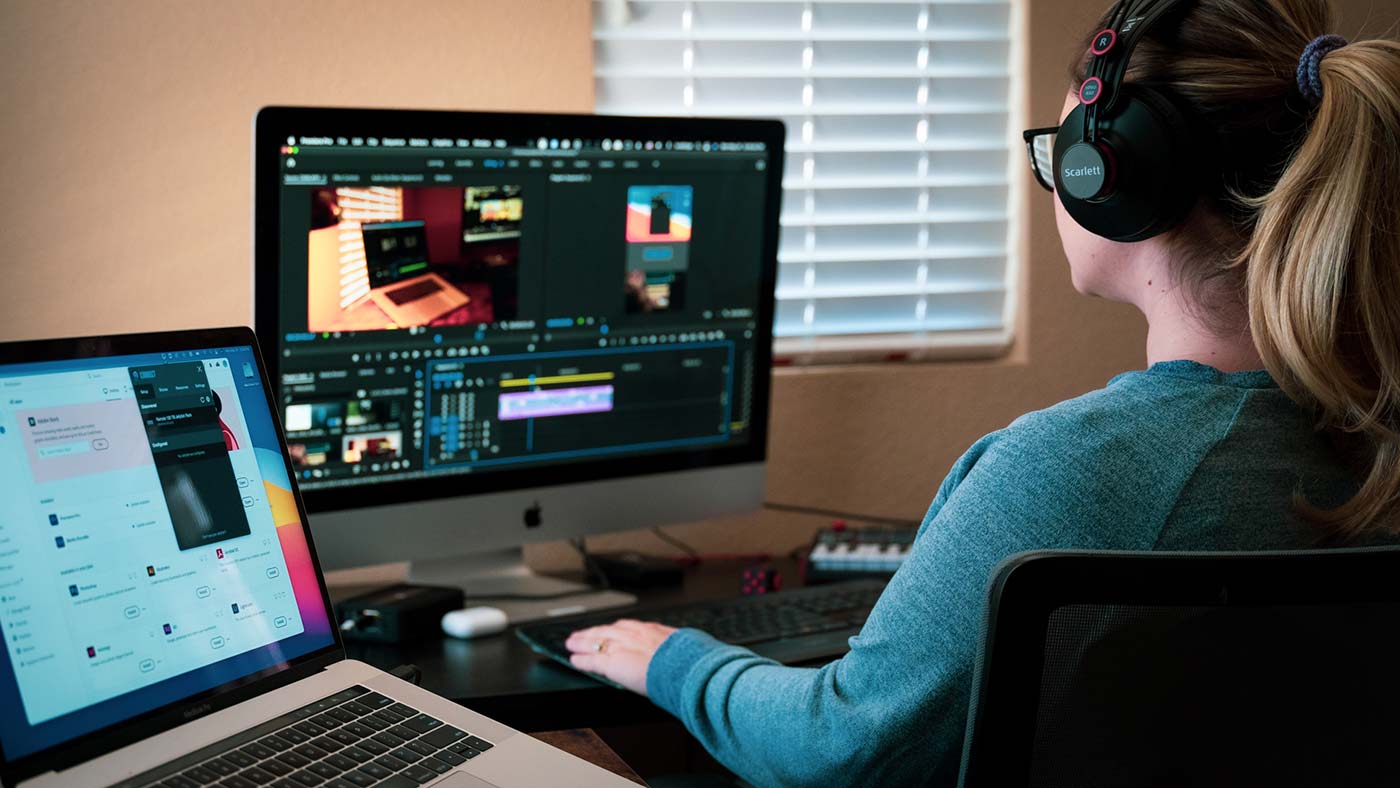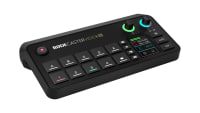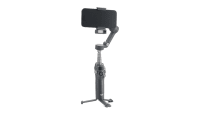How to Archive Intelligently
Jellyfish and Thunderbay devices should be used with a well-designed archiving strategy to help keep them from filling up prematurely.
Steven Niedzielski • Mar 30, 2022

Do you find that the video storage on your Jellyfish is expanding exponentially? Do you find it difficult to find good usable footage from past projects? These two problems are a sign that your archiving game could use some improvement.
When a project is finished, the last thing you want to do is spend any more time in that folder. I get it! But spending a little more time to package it up properly will make your life much easier if you ever need anything from that project again. Here are a few simple strategies to consider.
Cut the bloat
Delete any render files, proxy files, waveform data, etc. The process for this varies depending on which NLE you use, but it is quite simple and can save you hundreds of GB of data per project. Since these types of files can be regenerated in the future, there is no reason not to at least implement this step of the archiving process. If you determine that you need to keep all of your original camera footage and project files, then this might be all you can do to save space. But consider these additional steps if you think they may work for your needs.
Consolidate
Some NLEs have an integrated consolidation or media management function. This will rebuild a new version of your project file with all associated timelines, as well as all used media into a new folder. If your shooting ratio is high, this can save you a lot of space on your Jellyfish while retaining the ability to reopen the project file and make edits. This can be a great option if you anticipate needing to do localization or alternate content edits for different types of distribution. It gives you the full ability to make these edits without the cost of keeping all the unused media.
Clean exports
Some projects are straightforward and everything usable makes it into the final edit. Exporting a “clean” master is a good way to preserve access to everything you’ll ever need but in a much simpler fashion than archiving the entire project folder. Open the project in your NLE one last time. Delete any graphics, music, effects, etc. Typically you keep the color grade of the final export unless it was done in a very artistic or unusual way. Then export the timeline as a flat file to a good quality codec such as ProRes or DNxHD. To save even more space, you could use H.264, but that will limit your ability to do color and effects later if needed. This works particularly well for extracting soundbites for future use, or grabbing a few B-Roll shots you find you need.
Get a handle on it
This is really a variation on clean exports, with the difference being that you export your timeline as individual clips. This is a great option when your timeline has a lot of B-roll shots. The idea here is that you probably picked the best parts of the best B-roll shots already, so capitalize on that time and effort you spent during the main edit and export your timeline as individual clips. If your NLE supports it, add a few seconds of handles to each end of the clips to give you even more flexibility in the future for transitions. Export these clips into a new folder to keep them separate from the original project folder so that you can delete the original.
That’s so meta
Whether you do single clip clean exports or individual clips with handles, the best way to help your future self find the clips you need is to add metadata. Using a Media Asset Manager, tag your exported clips with relevant metadata based on technical attributes, content, etc. In the future, you will thank me for it.
The final frontier
Now that you’ve carefully migrated the best content from your finished project into an organized and searchable form, it’s time to delete that original project. This is the payoff for the work you just put in. Depending on your shooting ratio, original camera format, and other factors, you can get your archive folder down to 10% of the original size or smaller. This frees up space on your Jellyfish for new projects and makes the archive you have more likely to be used in the future. It may sound daunting, but it often only takes a few minutes of time per project and once you make it standard operating procedure for any completed project, it becomes very easy to maintain.
Other topics you might like
New OWC ThunderBlade X12 Doubles Capacity to 192TB of Thunderbolt 5 RAID Storage
Updated on Jan 5, 2026
Streamline All of Your Audio and Video Needs With the New RODECaster Video S
Updated on Jan 5, 2026
Give Your Smartphone Videography 360-Degrees of Spin With the New DJI Osmo Mobile 8
Updated on Dec 5, 2025
 USA + International
USA + International OWC Canda
OWC Canda OWC Europe
OWC Europe


